Remembrance
Alfred Tibor
1974
Image
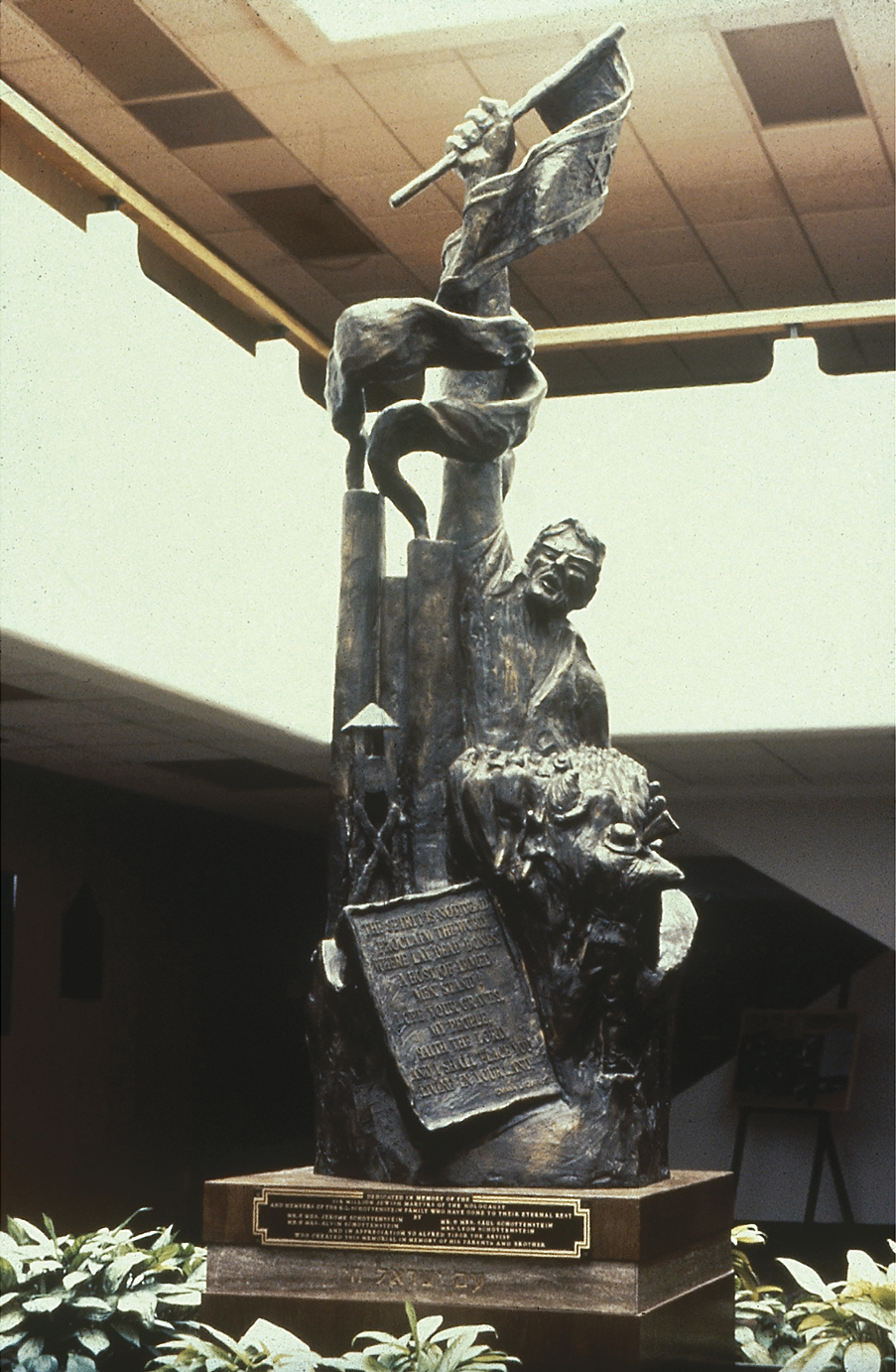
Engage with this Source
Creator Bio
Alfred Tibor
1920–2017
Hungarian-born Alfred Tibor survived slave labor at the hands of the Germans and imprisonment by the Soviets during World War II, and escaped communist Hungary in 1956. He came to the United States and worked as a commercial artist until he was financially established enough to devote time to his own artwork. The bronze Remembrance was his first sculpture. Since the 1970s, the self-taught artist has created hundreds of other sculptures in bronze, alabaster, and marble. Many of his works have biblical themes or commemorate the Holocaust.
You may also like
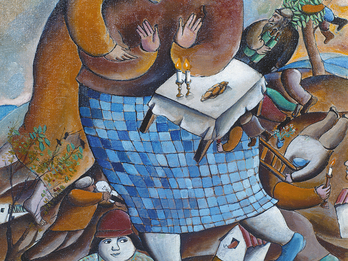
Sabbath
Gurvich began increasingly to focus his work on his Jewish heritage after his first trip to Israel in 1955. His paintings depict Jewish life and culture in dreamlike imaginary worlds, in a style and…

The Eyes of the Nation
After the Yom Kippur War (1973), it became increasingly common for Israeli artists to address political issues and criticize Israeli society. In 1974, Na’aman placed two signs on the Tel Aviv beach…
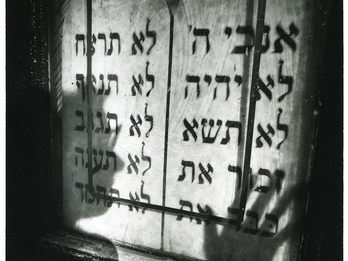
Shadow and Synagogue
Shadow and Synagogue is one of a series of about one hundred photographs by Tress that appear in his 1975 book, Shadow, A Novel in Photographs. In the book’s visual narrative, the photographer’s…
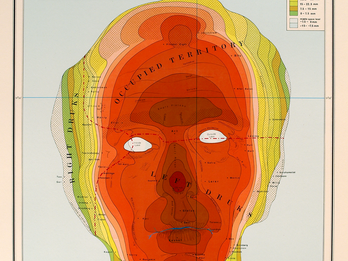
Druksland
Druks was commissioned to create this self-portrait in the form of a topographical map, by Steendrukkerij de Jong & Co., a large European printing house, who used it as a promotional gift for their…
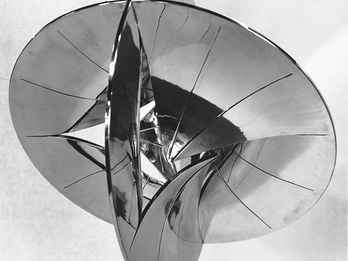
Cabbalistic Sphere
Cabbalistic Sphere, a sculpture made from polished aluminum, is one of Kaish’s many works inspired by ancient Jewish texts. Some of her works with spiritual and metaphysical themes are abstract…

The Dead Class
In The Dead Class, the most famous of Kantor’s theater pieces from the 1970s, the main characters of the play are elderly men (who are to be understood as being dead), who return to their school desks…

